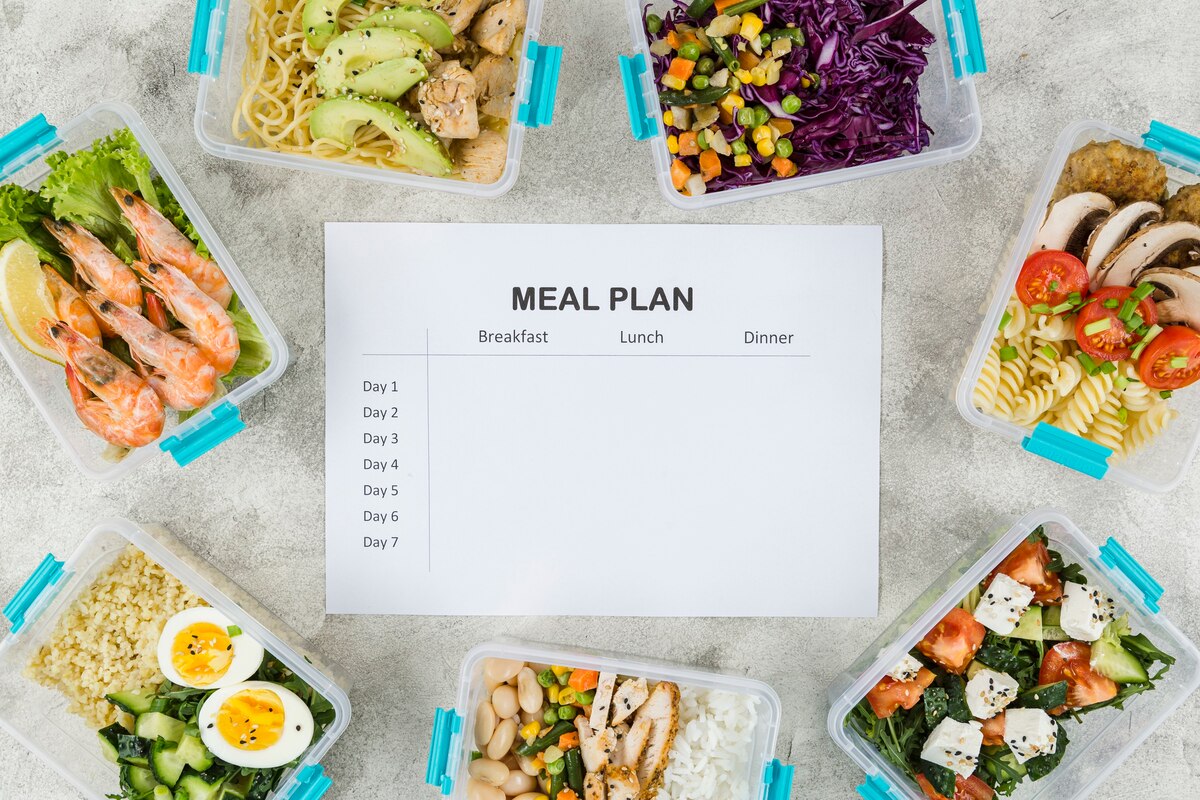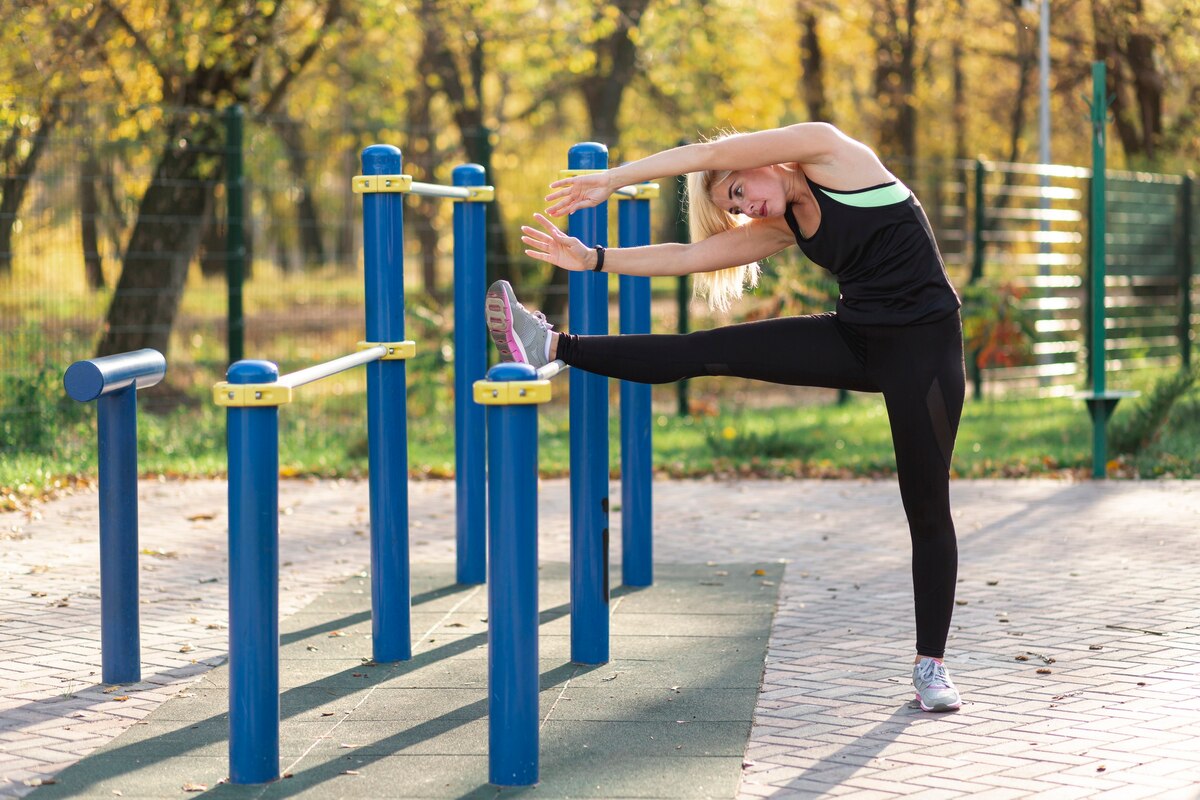Starting a weight reduction journey might be scary, but running can help. This beginner’s guide to running for weight reduction will help you understand the process and get you motivated to start exercising.
Understanding The Basics Of Running
Before lacing up your shoes and hitting the pavement, learn running basics. Running is a high-impact cardiovascular workout that works for several muscle groups, helping you lose weight. To avoid damage, beginners should start slowly and gain endurance.
Running for weight reduction requires discovering your fitness level optimal speed. Start with a brisk walk or mild jog, and practice appropriate form and breathing. As you become used to it increase your speed and distance. Progress is judged by consistency and persistence not speed.
Focusing on running technique and speed helps avoid injuries and boost efficiency. With each step land lightly lean forward and swing your arms in time. Strength training with squats and lunges may enhance running performance and minimize injury risk.
Creating A Sustainable Running Routine
Running for weight reduction requires consistency. Running regularly can help you reach your fitness objectives and develop a healthy habit you can keep. Create a weekly running appointment in your calendar.
Combine Cardioid
Combinations with rest days in your running program to avoid burnout.
As you become fitter, increase your run length and intensity without overdoing it.
Variety in your jogging program might avoid boredom and weight loss plateaus. Try interval training hill sprints and other ways to keep exercises interesting. To stay motivated and responsible, join a local running club or get a running companion.
Fueling Your Body For Optimal Performance
Nutrition is essential for running and weight reduction. Nutritional meals give energy and food for exercise and recovery. Lean proteins, complex carbs, healthy fats and many fruits and vegetables should make up a balanced diet. Before a run eat a banana or a handful of almonds for rapid energy without weight.
Stay hydrated by drinking lots of water throughout the day before and after your runs. Glycogen replenishment and muscle repair are equally crucial after a run. A Greek yogurt berry smoothie or a turkey sandwich on whole grain bread are good post workout snacks.
Setting Realistic Goals
Setting reasonable and attainable objectives helps you remain motivated and measure your running success. Instead of concentrating on the scale, create running objectives like improving your endurance, finishing a distance without stopping, or entering a local race.
Breaking primary objectives into smaller milestones might help you remain on track and seem more achievable. Celebrate your accomplishments, whether running an additional minute without walking or setting a new distance or speed record. Remember that development takes time, and failures are expected. What is essential is being dedicated to your objectives and pushing ahead.
In addition to running performance objectives, measure your physical and emotional well-being, sleep quality, energy levels, and body composition. Focusing on these non-scale triumphs might help you remain happy and motivated when the scale doesn’t move fast.
Overcoming Common Challenges
Beginning your running adventure may present hurdles that derail your progress and motivation. Understanding these frequent barriers and how to overcome them will help you remain on track and lose weight.
Beginner runners sometimes experience discomfort or agony as their bodies adjust to jogging. Understanding the difference between natural pain from exceeding your boundaries and damage is crucial. Listen to your body and pause or reduce intensity to avoid overtraining and injury.
Beginners sometimes need help finding time and enthusiasm to run regularly particularly when life becomes hectic or difficulties occur. Use the morning lunch break or after work to schedule your exercises so you’re more likely to stick to them. Listen to music or podcasts, try different routes or establish little prizes for hitting goals to make running more fun.
Incorporating Cross-training And Recovery
Running is good for weight reduction but cross training and recovery may help you avoid burnout and injury and improve your fitness and performance. Cross training uses upbeat workouts like cycling, swimming, strength training and yoga to target various muscle groups, enhance fitness and avoid overuse problems.
Regular cross training may enhance running performance, break plateaus and prevent boredom by keeping sessions varied and enjoyable. After challenging exercises Cross training rest and recovery are vital for body repair and rebuilding. Take break days to avoid overtraining and heal your muscles.
Active rehabilitation exercises like moderate stretching, foam rolling and yoga enhance blood flow flexibility and relaxation during rest days. Cross training and rehabilitation may improve running performance, minimize injury risk and help you lose weight. To optimize results and enjoy the many advantages of running for weight reduction listen to your body emphasize rest and recovery and exercise consistently.
Conclusion
Running for weight reduction combines exercise nutrition and goal setting. This book will help you improve your health and well being by learning the fundamentals of creating a sustainable habit fuelling your body correctly and measuring progress. Running success is about both the goal and the journey. So put on your shoes, walk purposefully and allow each step to bring you closer to a healthier happier self.










